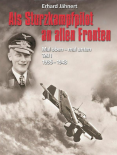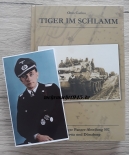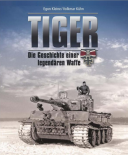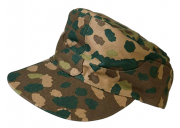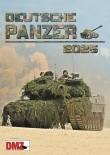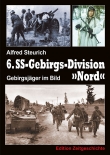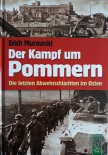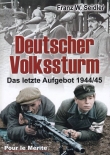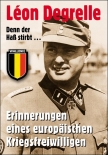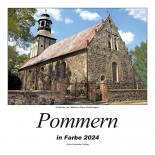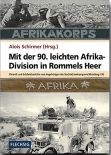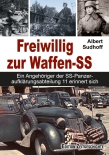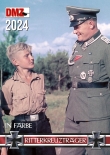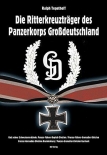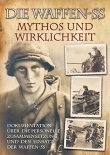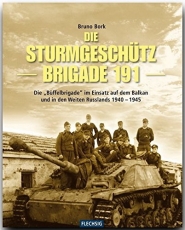- Products description
- Reviews
In action in the Balkans and in the vastness of Russia 1940-1945 by Bork, Bruno (2008) The Sturmgeschützabteilung 191, set up in Jüterborg under Captain Hoffmann-Schoenborn on October 1, 1940, had its first baptism of fire in the Balkans in the spring of 1941. In the battle for the Metaxa line, they stood in the front line side by side with the infantry in action and fought down close bunkers. After being refreshed and re-equipped in Moravia, the assault gun department in 191 passed the bow of the 6th Army on June 22, 1941. Through the Ukraine and over the Dnieper, where the department built an important bridgehead on the east bank, it was in the fighting for Kiev in September 1941 in action. The advance in the 4th Army in October 1941 led the "buffaloes", as the department was called, to the gates of Moscow, when the onset of winter in December 1941 necessitated withdrawal. At the beginning of the summer offensive in 1942 at Woronesh in use, they led the further advance through the Kalmücken steppe to the Terek. As a fire brigade used at the focal points of the front, the department repeatedly struck enemy attacks and brought the own attack the necessary momentum. In the course of the withdrawal of the front, the unit came to the Crimea, where it was refreshed and reclassified into a Sturmgeschütz brigade. This was followed by the fighting and retreat from the Kuban bridgehead, the defense of the Kerch peninsula and the evacuation of Sevastopol. In the defensive fighting on the southeastern front in 1944/45, the brigade was in Yugoslavia and Hungary in action. Feared by the enemy and loved by their own infantry, many brethren of the Knight's Cross and higher levels have emerged from the brigade. The end of the war was experienced by the Sturmgeschütz brigade in Austria, from where the soldiers were released to their homes in June 1945.
• 264 pages • approx. 250 illustrations
• Large format approx. 25 x 31 cm
• Language: German
• Hardcover bound with dust jacket.
Herstellerangaben:
Christian SempertCarl-Struck-Str. 15
17192 Waren Müritz
Telefon: 03991/7780647
E-Mail: info@wehrmacht1945.de
Internet: https://www.wehrmacht1945.de

